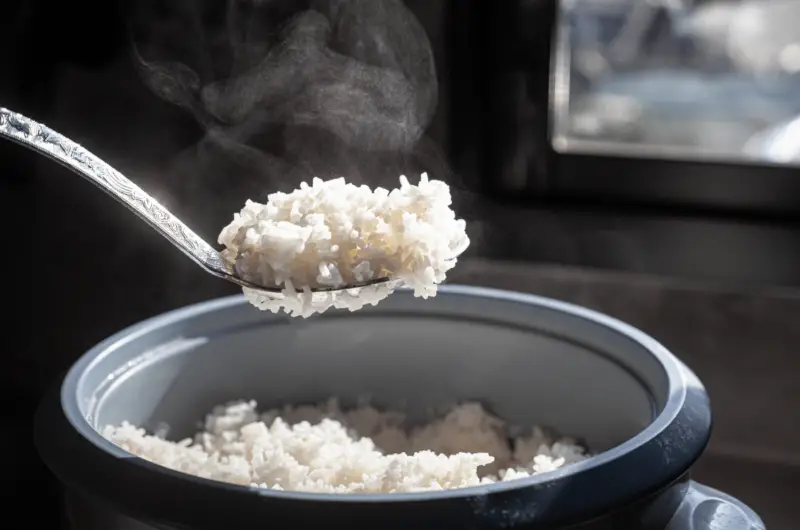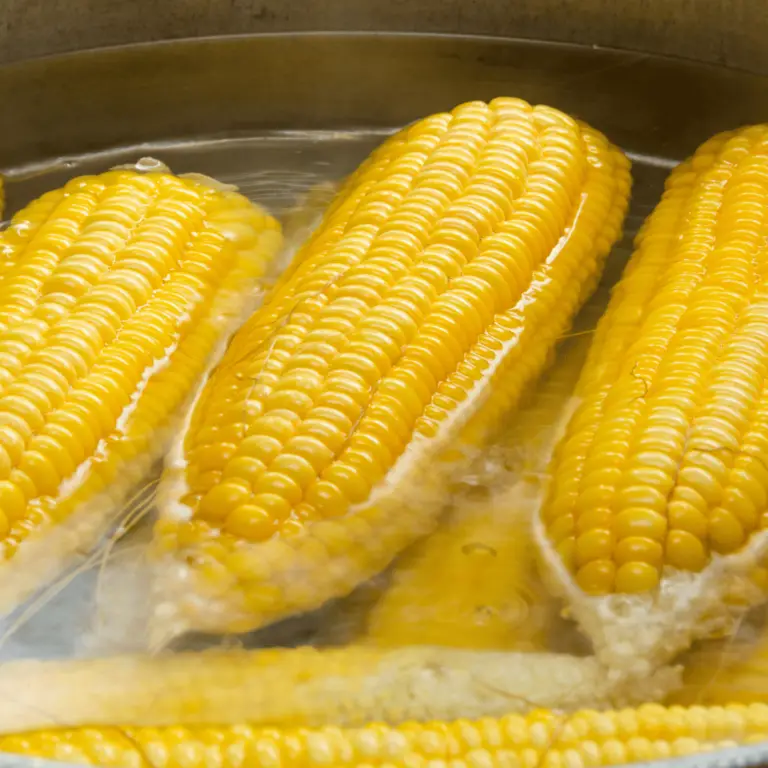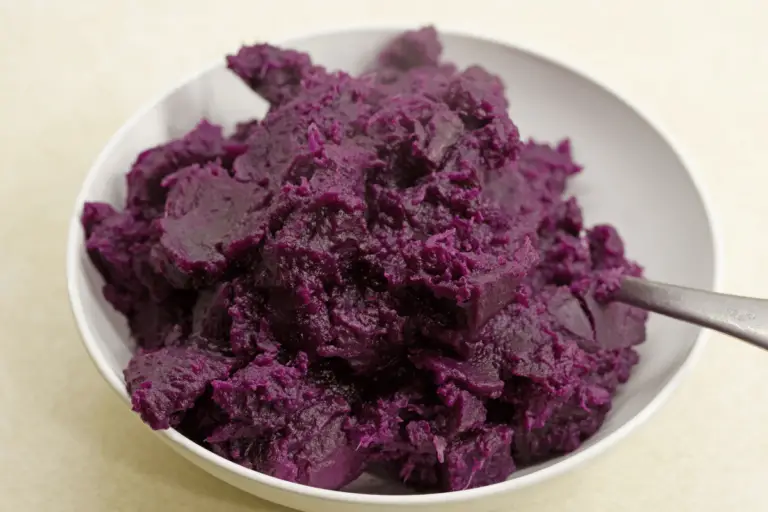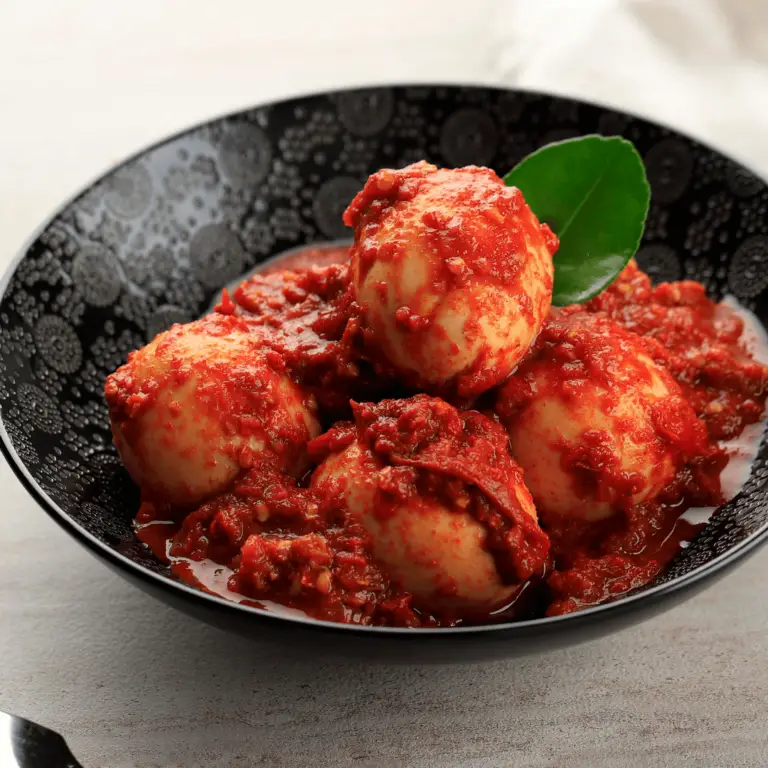How To Cook Rice
🚨Be sure to leave a 5 star rating if you like this recipe!🚨
Learn how to cook rice the easy way with this simple to follow guide. Rice is a global staple, beloved for its versatility, affordability, and the comforting simplicity it brings to meals around the world.
Whether it’s the fluffy basmati rice accompanying a spicy curry, the sticky rice under a piece of fresh sushi, or the creamy arborio rice in a rich risotto, rice has a way of transforming a dish.
Cooking rice might seem daunting to some, but with the right technique, it’s a simple task that yields delicious results every time. This blog post will guide you through the steps to cook perfect rice, offering nutritional insights and tips to enhance your cooking experience.
Nutritional Information
Rice is primarily a source of carbohydrates, providing energy to fuel your body’s daily activities. It also contains a small amount of protein and minimal fat. White rice, while often enriched with vitamins like folate to improve its nutritional profile, has less fiber than its whole grain counterparts like brown rice.
Brown rice is rich in fiber and essential nutrients, including magnesium, phosphorus, and B vitamins. A typical serving of cooked rice (about 1 cup) provides approximately:
- Calories: 200
- Carbohydrates: 44g
- Protein: 4g
- Fat: 0.4g
- Fiber: 0.6g (white rice) or 3.5g (brown rice)
Cook Time (Prep and Cook)
- Preparation Time: 5 minutes
- Cook Time: 18-30 minutes, depending on the type of rice
- Total Time: 23-35 minutes
Ingredients List (What You Need)
- 1 cup rice (white or brown)
- 2 cups water (or as recommended by the rice packaging)
- ½ teaspoon salt (optional)
Step by Step Instructions
- Rinse the Rice: Begin by placing the rice in a fine-mesh sieve and rinse it under cold water until the water runs clear. This removes excess starch and prevents the rice from being too sticky.
- Boil Water: In a medium saucepan, bring the water to a boil. If desired, add salt to the water to enhance the rice’s flavor.
- Add Rice: Once the water is boiling, add the rinsed rice to the saucepan and stir once to prevent it from sticking to the bottom.
- Simmer: Reduce the heat to low, cover the saucepan with a tight-fitting lid, and let the rice simmer. White rice typically cooks in 18-20 minutes, while brown rice may take 30-35 minutes.
- Rest the Rice: After the cooking time is up, turn off the heat and let the rice sit, covered, for 5-10 minutes. This step allows the rice to steam further, becoming fully fluffy and tender.
- Fluff and Serve: Use a fork to gently fluff the rice, breaking up any clumps. Serve the rice as a side or use it as the base for your favorite dishes.
Helpful Resources
- Everything you need to know about rice
- More about us at Old Fashioned Cravings
- All of our recipes
Frequently Asked Questions
Do I need to soak rice before cooking?
Whether you need to soak rice before cooking depends on the type of rice you’re using and the desired texture of the final dish. Here’s a general guideline:
Types of Rice and Soaking Recommendations:
- White Rice: Soaking is not usually necessary for most types of white rice. However, some people choose to soak white rice for 30 minutes to reduce cooking time and make the grains a bit more pliable, which can be beneficial for certain dishes.
- Basmati and Jasmine Rice: Soaking these types of rice for 20-30 minutes before cooking can help make the grains longer and more separate. It’s a common practice in many recipes that seek to achieve a specific texture, especially in Middle Eastern and Asian cuisines.
- Brown Rice: Brown rice often benefits from soaking for at least 30 minutes or even several hours. Soaking brown rice can shorten cooking time and make the grains less chewy, as it softens the tough outer bran layer.
- Sushi Rice: For sushi rice, soaking is an important step to achieve the right texture. Soaking the rice for about 30 minutes before cooking helps the grains absorb water evenly, resulting in the perfect sticky consistency needed for sushi.
- Wild Rice: Wild rice is not a true rice but a grass seed. Soaking can reduce cooking time but is not strictly necessary. If you do choose to soak it, a few hours or overnight will make it cook more quickly and make the grains more tender.
- Short-Grain Rice for Risotto: For dishes like risotto, soaking is not recommended because the gradual absorption of liquid and constant stirring are key to achieving its creamy texture.
Benefits of Soaking Rice:
- Reduced Cooking Time: Soaking can shorten the cooking time by making water absorption quicker.
- Improved Texture: Depending on the rice type, soaking can alter the texture, making grains fluffier, longer, or more separate.
- Easier Digestion: Soaking can help to remove some of the surface starch and any phytic acid, which might make the rice easier to digest.
Soaking rice can be beneficial depending on the type of rice and the dish you are preparing. While it’s not strictly necessary for all rice types, it can enhance texture, reduce cooking time, and improve digestibility for certain varieties.
If you’re unsure, check the packaging of your rice or follow the specific instructions of the recipe you’re using.
What happens if you don’t rinse rice before?
Not rinsing rice before cooking can affect both the texture and the overall outcome of your dish in several ways:
- Sticky Texture: Rinsing rice helps to remove excess surface starch, which can cause grains to clump together or become gummy during cooking. If you don’t rinse the rice, you might end up with stickier rice than intended, unless you’re making a dish that requires sticky rice, like sushi.
- Cloudy Cooking Water: The excess starch on the surface of unwashed rice will mix with the cooking water, making it cloudy and thick. This can lead to uneven cooking and affect the final flavor and texture of the rice.
- Potential for Off-Flavors: Surface starch can sometimes have a slightly off taste. Rinsing the rice removes this layer, ensuring that the natural flavor of the rice shines through.
- Impurities and Debris: Rice can contain impurities or debris from the harvesting and packaging process. Rinsing helps to remove these unwanted particles, ensuring a cleaner final product.
- Reduced Nutritional Value: Some argue that rinsing rice, especially if it’s fortified (like many white rice varieties in the United States), can wash away added nutrients such as iron, folic acid, and thiamine. However, the benefit of rinsing in terms of texture and purity often outweighs this concern.
- Alteration of Rice Integrity: For certain types of rice, such as basmati, jasmine, or other long-grain varieties, rinsing not only helps in reducing excess starch but also in preserving the integrity of each grain, allowing them to cook up separate and fluffy.
While the need to rinse rice can depend on personal preference and the specific dish being prepared, generally, rinsing rice before cooking is a good practice for achieving better texture, flavor, and purity in your cooked rice.
Wrap-Up
Cooking rice is a fundamental skill that opens up a world of culinary possibilities. With this simple guide, you’re well on your way to making perfect rice every time, ready to complement any meal. Remember, the key to great rice is proper measurement, rinsing, and allowing it to steam after cooking.
As you become more comfortable with the basics, feel free to experiment with different types of rice and seasonings to discover your favorite combinations. Happy cooking, and enjoy the delightful simplicity of perfectly cooked rice!








